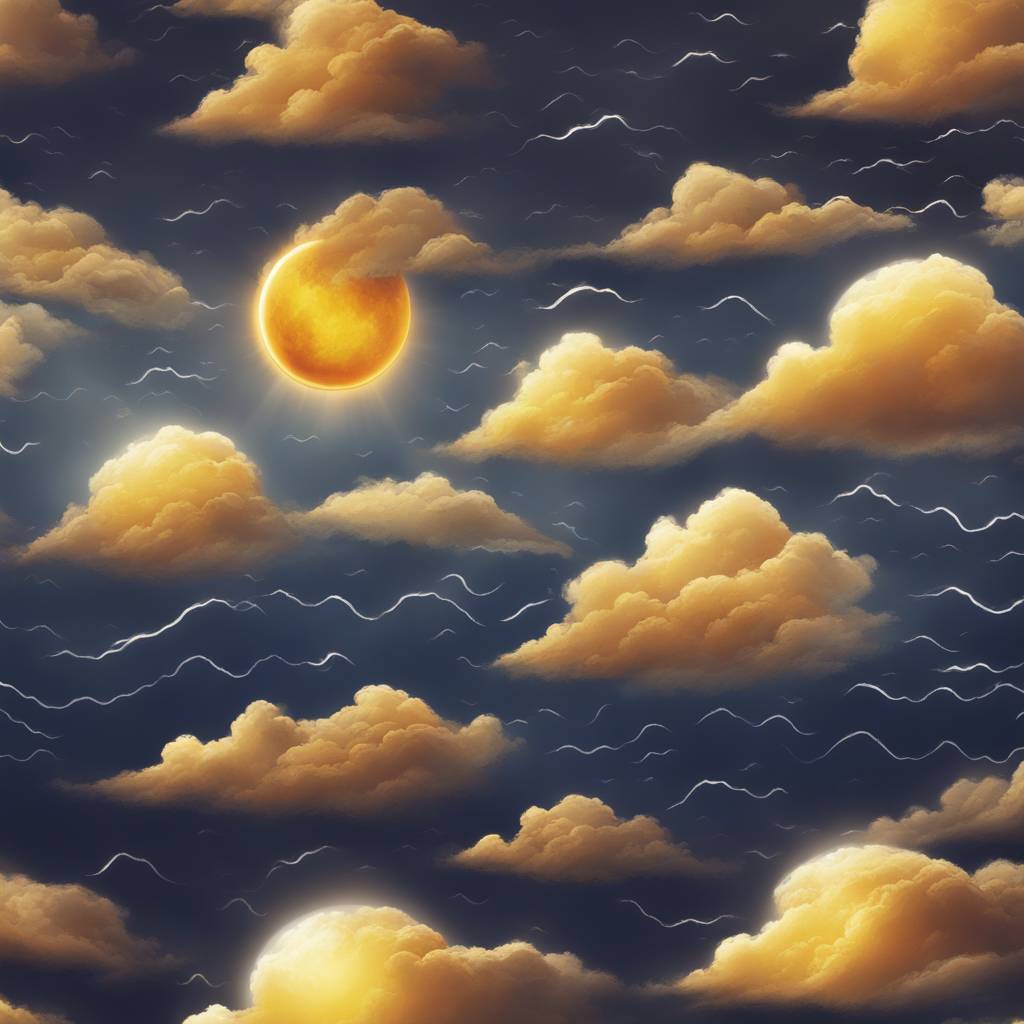Weather conditions could complicate eclipse-watching plans in parts of the Southwest, with clouds and storms potentially hindering the view of the epic astronomical phenomenon along the path of totality. Ideal viewing conditions are expected in areas from Vermont to Maine and Missouri to southern Indiana, with only a few isolated clouds predicted. However, locations including parts of the eastern Great Lakes and Texas may have less-than-ideal weather, with cities like Cleveland, Ohio, and Erie, Penn., facing a chance of rain and lingering cloud cover. Buffalo and Rochester, New York, are expected to have mostly cloudy to overcast skies, limiting eclipse viewing.
Further south, severe storms could impact eclipse viewing in Texas and neighboring states, with a Level 2 risk for severe weather across much of Texas and a Level 3 risk just outside of Dallas. The National Weather Service in Dallas is forecasting mostly cloudy skies during the eclipse, with scattered storms arriving in the early evening. These conditions could potentially lead to tornadoes, damaging winds, and large hail, posing a hazard to eclipse watchers. Different types of clouds can obscure the sun to varying degrees, affecting the viewing experience, but even under mostly cloudy skies, viewers may still be able to experience total darkness during the eclipse.
A total of 32 million people in the US are located within the path of totality for the eclipse, offering a rare opportunity to witness the cosmic event. The eclipse will begin with a partial phase, lasting between 70 and 80 minutes, followed by a total solar eclipse lasting 3-and-a-half to 4 minutes for those directly in the path of totality. Viewers will have the chance to see the sun’s corona, its ultra-hot outer atmosphere, which emits a glow visible around the moon. Another total solar eclipse won’t be visible across the contiguous US until August 2044, making this event a unique and memorable experience for those in its path.
Excitement is building for eclipse watchers across the country anticipating the rare astronomical event. Some areas including Vermont to Maine and Missouri to southern Indiana are expected to have ideal viewing conditions with minimal cloud cover. However, regions such as the eastern Great Lakes, Texas, and parts of the Southwest may face challenges due to clouds and storms potentially obstructing views of the eclipse. Severe weather risks in southern states like Texas could further complicate eclipse watching, with the possibility of tornadoes, damaging winds, and large hail posing dangers to spectators.
Despite potential weather obstacles, millions of Americans located within the path of totality will have the opportunity to witness the total solar eclipse and experience moments of total darkness. The eclipse is set to begin with a partial phase before transitioning to a total solar eclipse lasting several minutes, offering viewers a chance to see the sun’s corona. The rarity of this event adds to its allure, with the next total solar eclipse visible across the contiguous US not expected until August 2044. Whether facing favorable or challenging conditions, eclipse watchers are encouraged to prepare and enjoy this extraordinary natural phenomenon.


